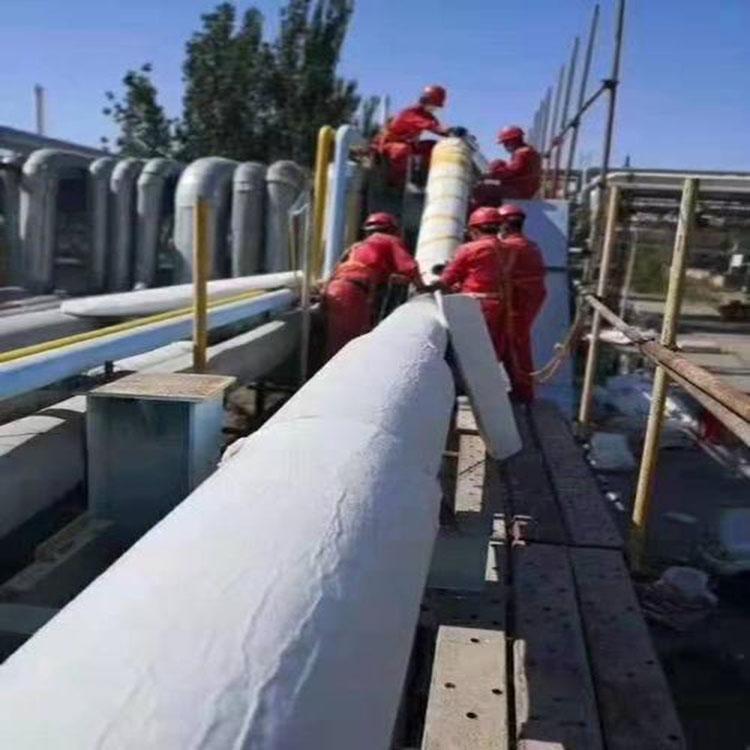Aerogel: Revolutionizing Thermal Insulation in the Construction Industry ——The Future of Efficiency, Safety, and Sustainability
2022/10/29
As global carbon neutrality goals advance and building energy efficiency standards rise, traditional insulation materials face challenges such as flammability, bulkiness, and rapid degradation. Aerogel—a high-tech material once used by NASA for spacecraft insulation—is now transforming the construction industry with its groundbreaking performance. This article explores aerogel’s core advantages, innovative applications, and future trends in building insulation.
I. Three Core Advantages of Aerogel
1. Unmatched Thermal Performance
Aerogel’s nanoporous structure delivers an ultra-low thermal conductivity of 0.015–0.018 W/m·K, just 1/3 to 1/5 that of traditional materials like polystyrene foam or mineral wool. For instance, aerogel blankets can achieve the same thermal resistance as conventional materials at 70% reduced thickness, maximizing space utilization in buildings.
2. Superior Fire Safety
Aerogel boasts a Class A1 fire rating (non-combustible), withstands temperatures exceeding 600°C, and produces no flames or molten droplets during combustion. This makes it a critical upgrade from traditional B1-rated flammable materials (e.g., EPS boards), especially for high-rise buildings and industrial facilities.
3. Durability & Sustainability
99.7% Hydrophobicity: Resists moisture absorption, preventing insulation failure in humid climates.
50+ Year Lifespan: Outperforms traditional materials (10–20 years), reducing lifecycle maintenance costs.
Eco-Certifications: Some products incorporate 30% recycled content, supporting carbon neutrality goals.

II. Global Case Studies
Skyscraper Innovation: A Dubai high-rise achieved 45% higher energy efficiency using aerogel systems.
Industrial Efficiency: A collaboration between a global engineering firm and us reduced pipeline heat loss by 28%, saving over $1 million annually in gas costs.
Heritage Preservation: A European cathedral retrofit utilized aerogel interior linings to enhance energy performance without altering its historic appearance.
III. Conclusion
Aerogel represents not just an insulation upgrade but a revolution in building safety, efficiency, and sustainability. As production scales and costs decline, its applications will expand from commercial projects to residential and infrastructure sectors. For architects, developers, and contractors, adopting aerogel today is a strategic step toward leading the green building revolution.

